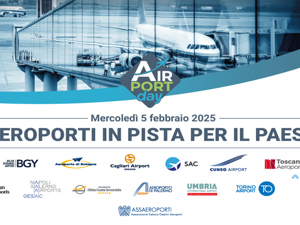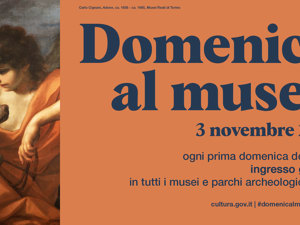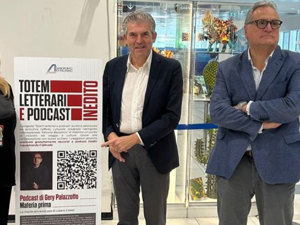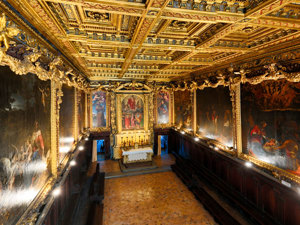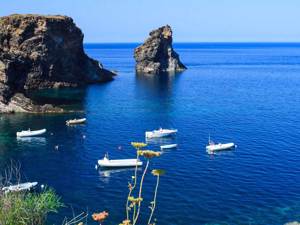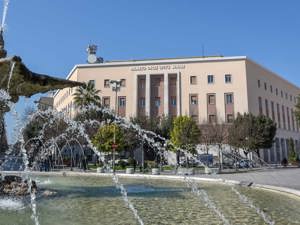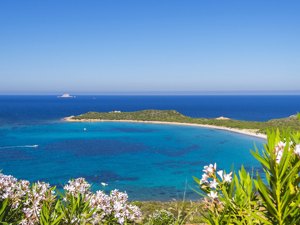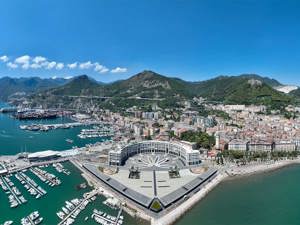City unique and surprising cultural heritage
Palermo is one of richest cities in Italy in terms of artistic monuments, which are found in numerous styles and are the legacy of the various dominations. Each of which has left significant traces of its passing: from the Romans and the Byzantines, to the Swabians, French, Spanish and Austrians. Palermo is also the fifth largest city in Italy with one of the largest old towns in Europe, where more than 500 buildings and churches, as well as seven theatres can be found.

Chiesa di San Giuseppe dei Teatini e Fontana Pretoria, Palermo. Photo: Copyright © Sisterscom.com / Shutterstock
The Cathedral of Palermo, dating back to 1184, is considered “The history book of Palermo”, due to the presence of traces of all the dominations that ruled over the city.
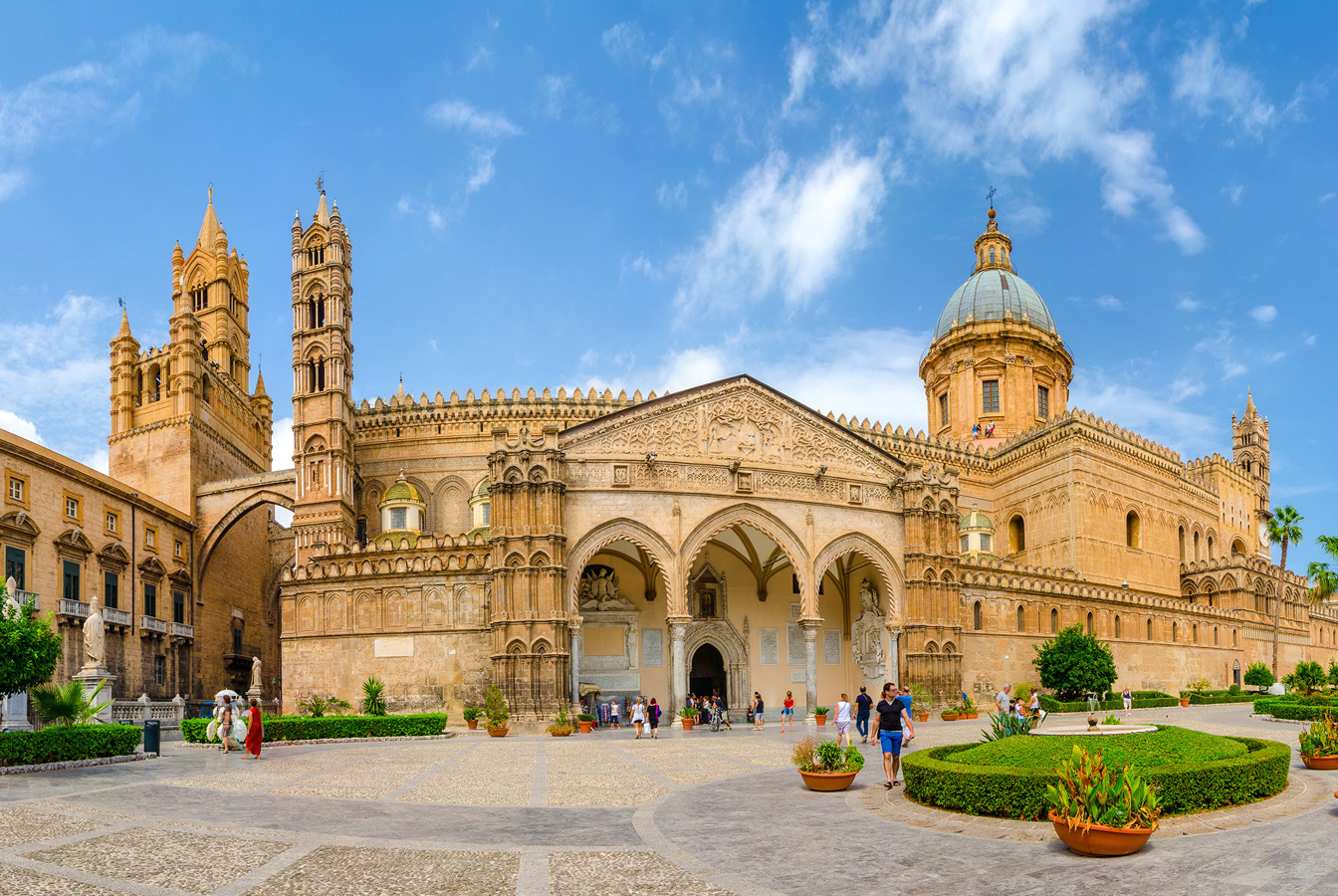
Cattedrale di Palermo. Foto: Copyright © Sisterscom.com / Shutterstock
Royal tombs in red porphyry stone are found in the cathedral’s first two chapels on the right, including that of Frederick II of Swabia who loved the city where he located his court as King of Sicily; the church also houses the silver urn of Saint Rosalia, patron saint of Palermo, which is taken along a procession each 15th July with great solemnity. The Saint is also venerated in the Sanctuary on Mount Pellegrino that dominates the city, which was founded in 1625, a year after the cave next to his remains was found, on 15th July.
The churches of Palermo
There are also churches of great artistic value found in the city: the Church of Santa Maria dell’Ammiraglio, better known as the Martorana, in honour of the pair of noble benefactors, the Martorana, who started the nearby Benedictine convent; the Church of San Cataldo, which was built under the rule of William I in 1154 as the chapel to a sumptuous palace, and is a beautiful example of Arab architecture with red domes. But Baroque art can also be found in the Church of Jesus, or Casa Professa, built in 1564 by the Jesuits, which has a simple facade but interiors of rare splendour, abundant with marbles and gilded frescoes.
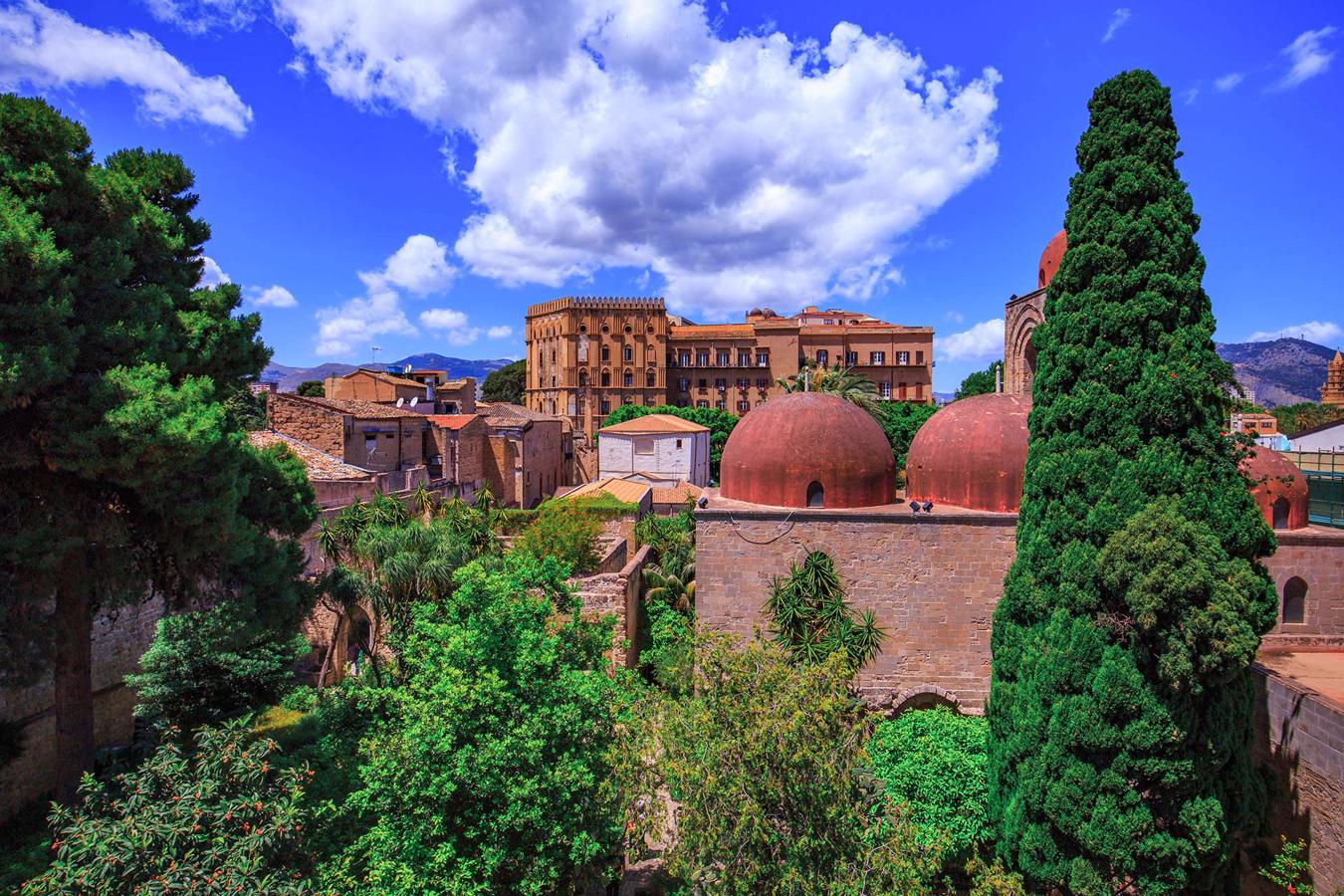
The Church of San Cataldo, Palermo. Photo: Copyright © Sisterscom.com / Shutterstock
The oratories and palaces in Palermo
Numerous places worthy of visiting are the Oratories, places of assembly and worship, particularly those of Santa Cita, San Lorenzo and SS Rosario, due to the presence of exquisite stuccowork made by the great Sicilian sculptor Giacomo Serpotta.

Palace of Zisa, Palermo. Photo: Copyright © Sisterscom.com /Andreas Zerndl /Shutterstock
The Palazzo della Zisa, from the Arab al-Aziz, is spectacular and truly splendid. It was built in the twelfth century as the summer residence of the Norman kings. The Cuba - from the Arabic Qubba meaning dome - was constructed for the same purpose. Here the Norman kings spent hours of leisure time in the vast Jannatt al-ard or Genoardo Park, which in Arabic means ‘Paradise on Earth’.
Chinese Palace of Palermo
The Palazzina Cinese (Chinese Palace) is located in Palermo’s largest park, the Parco della Favorita, which was built in the then fashionable Oriental style in 1799 by the Spanish king Ferdinand III of Bourbon as his home.

Chinese Palace, Palermo. Palermo: Copyright © Sisterscom.com / Shutterstock
In addition to the façade the numerous splendid rooms are worthy of admiration. The ‘G. Pitré’ Sicilian Ethnography Museum was transferred to the annex in 1934 and displays costumes, wagons, nativity scenes, ex-votos and ceramics of the local past.
The Palazzo delle Aquile in Palermo

Piazza Pretorio, Palermo. Photo: Copyright © Sisterscom.com / Shutterstock
The headquarters of the City Hall are housed in the Palazzo delle Aquile, or Praetorium, which owes its name to the presence of numerous ornaments of eagles, a symbol of the city and legacy of the Roman era and expression of power.
The royal Palace of Palermo
Norman-Arab art is manifested in all its elegance in the Royal or Norman Palace, today headquarters of the Sicily Regional Authority. Built by the Arab emirs in the tenth century, it was chosen by the Norman kings as a fortress and later as a sumptuous residence.

Royal Palace, Palermo. Photo: Copyright © Sisterscom.com / Marzolino / Shutterstock
Don’t miss a visit to the Regional Gallery of Sicily, or Palazzo Abatellis, to admire a gem of the Italian Renaissance, the splendid “Annunciation” by Antonello da Messina.
The Teatro Massimo of Palermo
Palermo also has the third largest theatre in Europe after the Opera National of Paris and Wiener Staastofer of Vienna: the Teatro Massimo, which is famous throughout the world for its theatre plays. The ‘A. Pasqualino’ Marionette Museum, with its beautiful collection of dolls from the past, is also fun to visit.
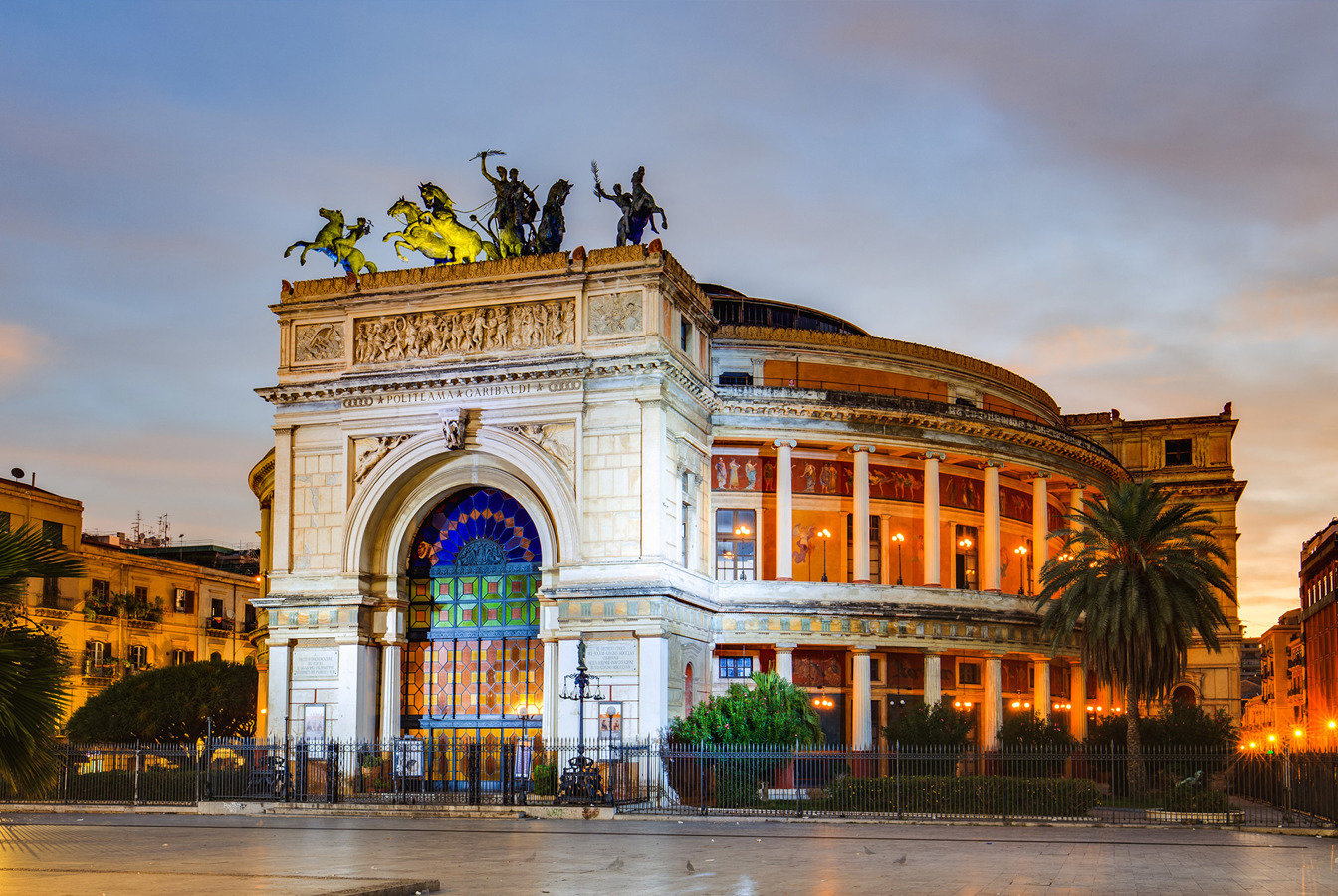
Teatro Massimo, Palermo. Photo: Copyright © Sisterscom.com / Andreas Zerndl /Shutterstock
Other attractions of interest include the historic markets, of which the most famous are the Vucciria, which originated as a meat market, and the oldest, Ballarò. Here you can find all the ingredients to make a traditional meal, the best known of which include caponata - aubergines fried in a sweet and sour sauce, sfincione - a sort of pizza, and swordfish, and for the sweets, the world-renowned cannoli, made of fried pastry rolled and filled with ricotta cream and candied fruit.
Sicilian cuisine
The gastronomic culture of Sicily is the origin of the culinary traditions of the populations that have settled on the island and handed down from generation to generation. Among the most widespread and internationally recognized products there are: arancini, Sicilian cannoli, cassata and Sicilian granita. Also renowned are the unique dishes such as caponata, orange salad, eggplant parmigiana and potato gâteau. The pasta is consumed daily and seasoned with vegetables, meat, fish, ricotta and sauces. To taste, there are also: anelletti in the oven, pasta with sardines, pasta in the standard, spaghetti alla carrettera and pasta 'ncaciata. Meat and fish cooked with various recipes abound. Do not miss the swordfish “ghiotta“, the stoccafisso alla Messina, the whitebait balls and the sardinian beccafico.
Text by Anna Glik
Updated by Alisè Vitri
Avion Tourism Magazine
Photo: Copyright © Sisterscom.com / Shutterstock / Depositphotos
Copyright © Sisterscom.com
Photo: Copyright © Sisterscom.com / Shutterstock / Depositphotos
Copyright © Sisterscom.com
Video: www.visitsicily.info
Tourism Board
www.visitsicily.info
Partnership with Booking.com
Where to sleep in Palermo

Palermo. Photo: Copyright © Sisterscom.com / Shutterstock
Palermo is a welcoming city and offers different possibilities for accommodation.
To find the ideal hotel and the best offers you can do a search for the stars but also for districts or landmarks.
DISTRICTS
Hotels in the districts
LANDMARKS
Hotels in tourist areas
WHERE TO GO in palermo
Monuments of Palermo

Copyright © Sisterscom.com / Shutterstock
CATHEDRAL OF PALERMO
The Cathedral of Palermo was built in 1184 and is considered the “history book of Palermo”, since all the dominations it was subjected to over the centuries have left a trace of their passing. The southern façade, on Via Vittorio Emanuele is extremely striking with a beautiful portico built in 1453, which is a masterpiece of flamboyant Gothic style.

Copyright © Sisterscom.com / Shutterstock
CHURCH OF SANTA MARIA DELL’AMMIRAGLIO
or THE MARTORANA
The Church of Santa Maria dell’Ammiraglio was built in 1143 by George of Antioch, admiral of King Roger II of Sicily. In the XV century it was absorbed by the nearby convent of Benedictine nuns, founded in 1194 by Goffredo and Eloisa Martorana, and for this reason the church was also known as the “Martorana”. The building has a sanctuary in typical Arab-Norman style and Baroque naves added at the end of the XVII century

Copyright © Sisterscom.com / Shutterstock
ZISA CASTLE
Work on the construction of Zisa Castle, the summer residence of Norman kings, was concluded in 1167. Its name is derived from the Arab “al-Aziz”, which means “splendid”. Over the centuries it has undergone various transformations. A Baroque fresco called the “Devils of Zisa” is found on the entrance vault, which features a series of figures that according to legend are impossible to count.

Copyright © Sisterscom.com / Shutterstock
PALAZZO DELLE AQUILE (PALACE OF EAGLES)
or PRAETORIUM
The civil Palace of Eagles is the most representative of the city since it is also the seat of the Municipal Authority of Palermo. The building was constructed in 1470 but over the course of the centuries has undergone numerous refurbishments. A statue of the patron saint of Palermo, St. Rosalia, built in 1661 was placed on the facade. Numerous eagles, of different materials, can also be found on the facade and inside the building. The eagle is a symbol of the city of Palermo and for this reason the palace is also known as the Palace of Eagles.
TEATRO MASSIMO
The Teatro Massimo covers an area of 7,730 square metres and is considered to be the third theatre in Europe in terms of size, capacity and technical requirements. The entrance features a hexastyle colonnade at the top of a monumental flight of steps. Two works in bronze, representing the Tragedy, by Benedetto Civiletti, and the Lyric, by Mario Rutelli are found alongside the steps.
Museums of Palermo
REGIONAL GALLERY OF SICILY - PALAZZO ABATELLIS
The Regional Gallery of Sicily has been housed, since 1953, in the splendid late-fifteenth-century Gothic-Catelan building by Francesco Patella or Abatellis, who was the Portolan chart master of the realm and district judge of the city. It displays works by Medieval Sicilian artists, late Medieval crosses, vases, items from the Arab era, paintings from the seventeenth and eighteenth centuries. Among the most important arts works is a splendid fresco “Triumph of Death” (artist unknown), painted in the XV century.
GALLERY OF MODERN ART
In 1910 the foyer of the Teatro Politeama became the seat of the Gallery of Modern Art. After almost a century, the museum was transferred to the old centre of the city to the Complex of Sant'Anna alla Misericordia, a private residence in the fifteenth century and a seventeenth-century convent. The gallery exhibits 214 works, of which 176 are paintings and 38 sculptures purchased by the Biennale of Venice and by private collections as well as donations. They make up an important collection of Italian Art from the eighteenth century to the early twentieth century.
“G.PITRÈ” ETHNOGRAPHY MUSEUM
The Ethnography Museum was founded in 1909 by Giuseppe Pitrè, a folklore enthusiast and historian of costumes and folk traditions, who collected the material that today forms the core of the museum. Initially housed in a former convent, in 1934 it was transferred to an annexe of the Palazzina Cinese (Chinese Building). The museum preserves approximately 4,000 objects including costumes, dolls, carts, nativity scenes, ceramics, religious prints, ex-votos and paintings on glass.
Partnership with GetYourGuide
Recommended tours in Palermo

Botanic Garden of Palermo. Copyright © Sisterscom.com / Shutterstock
BOTANICAL GARDEN OF PALERMO
The Botanic Garden was established in 1781 for the Botany department of the Reale Accademia (Royal Academy) and is of exceptional interest on a European level both for its historical value and for its scientific and educational importance. The Botanical Garden has approximately 10,000 species, some rare, belonging to almost 250 families. Tour of Palermo by tourist bus with 24-hour ticket.

Segesta. Copyright © Sisterscom.com / Shutterstock
SEGESTA, NUBIA, the SALT PANS of TRAPANI and ERICE
With a day tour from Palermo you can visit the beautiful top sites in western Sicily: Segesta, Nubia, the Salt Pans of Trapani and the hill-top town of Erice.

Monreale. Copyright © Sisterscom.com / Shutterstock
MONREALE and CEFALÙ
The Norman church of Monreale is located on the slopes of Monte Caputo. With a six-hour tour from Palermo you can visit Monreale and the historic city of Cefalù with the local attractions of the Mandralisca Museum and the Duomo. Half day tour from Palermo to Monreale and Cefalù.
Discover all tours
News & Useful info
Shopping
Luxury
You might be interested in
Other destinations
Airports nearby Palermo










